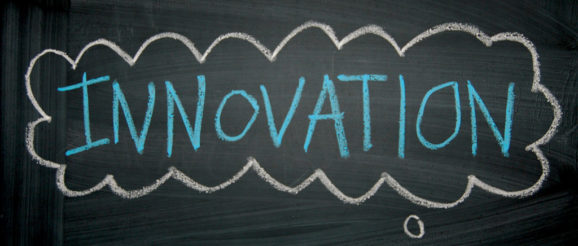Marketing innovation: Jargon, neuroscience and rule-bending

The document has been on my desk for a few weeks: An article based on the Society for Marketing Professional Services (SMPS) Pinnacle Experience titled: “The Neuroscience of Innovation: Turbo Charge Your Brain to Maximize Economic Gains” by Jeff Hunt, executive vice-president, education and engagement, Velvet Chainsaw.
The story presents a challenging picture about the drivers and impediments to innovation and it leaves me somewhat challenged, in part because I fall into many of the traps that indicate that I have a long ways to go to be successful as an innovator.
Routine and easy stuff, he suggests, are the bane for innovation and could even lead to mental decline.
But I like routine (and I expect many others are the same). There are set times for dinner, showers, exercise, sleeping and work. In fact, I know my best writing working time — between about 7:00 a.m. and noon each day.
And, although imperfect, I’ve been pretty good at innovating, often implementing some radical solutions in moments of extreme crisis — though these ideas are built on thought processes that happen during more restful times.
So how (or can) we get more scientific about enhancing the innovative drive.
“You should be spending 20 to 25 per cent of your time with your team thinking about what’s coming next,” Hurt said. “If you’re not preparing your team, you are selling them short.”
Scholar and author Warren Bennis said: “Routine work drives out non-routine work and smothers to death all creative planning.” So strategic leaders get their processes out-of-the-way and focus on what matters most to the organization. “When hunting elephants, don’t get distracted by rabbits,” Hurt said. “Email is often the rabbit.”
He indicated key questions to keep a team focused on strategy include:
- How does this organization make money?
- Who is our customer’s customer?
- What do our customers need now and in the future?
- How will our customers benefit when we win?
- What does our organization stand for?
- Who do we win the most business from and why?
- Who do we lose the most business to and why?
- What things would be most devastating (or most embarrassing) if our customers knew about us?
- What is the biggest unknown in our market, and what are the best opportunities available to us?
These are interesting questions, presumably framed within a strategic planning session/meeting? But I struggle with the implementation — I’ll look tomorrow at how he suggests we handle the processes.
Did you enjoy this article?
Get free updates
